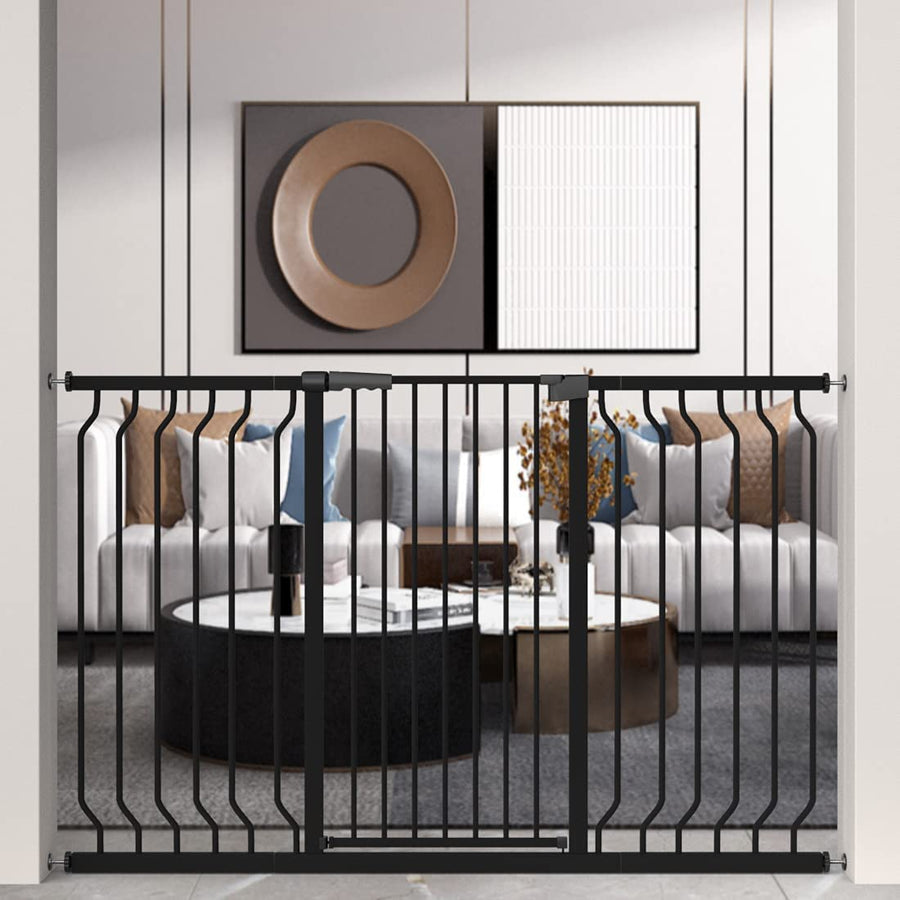How to Make Your Baby's Sleep Safe and Sound
Every parent or caregiver prioritizes the safety of their baby's sleep. Setting up an ideal sleeping area does more than give you peace of mind – it helps your baby develop healthy sleeping patterns. From how your baby sleeps to the choice of crib and linens, many elements contribute to a secure and comfortable sleep environment.
Sorting through all the available advice and products can be daunting. Yet, with some clear guidance and knowledge of the most recent safety standards, you can create a perfect, safe sleeping nook for your baby. Explore the following guide for vital tips, recommended products, and scientifically supported methods to ensure your baby's sleep is as safe as it can be.
Safe Sleep Basics for Babies
Back Sleeping is Essential
One of the key guidelines for safe baby sleep is to always put them to sleep on their back. This position is not only better for breathing but also greatly reduces the risk of Sudden Infant Death Syndrome (SIDS). When babies sleep on their stomach or side, they may have difficulty breathing, especially if their face gets covered by the mattress, pillows, or other soft bedding. The inability to move their head or shift away from these obstructions highlights why back sleeping is so important.
Choose a Crib for Safety
It's tempting to share your bed with your baby, especially during those early, bond-forming days. However, for safety, it's best for babies to sleep in a crib or bassinet designed specifically for them. This sleep space should be free of soft bedding, toys, decorations, and crib bumpers to reduce the risk of suffocation or entrapment. Pediatricians recommend that for the first six months to a year, babies should sleep in the same room as their parents for easy monitoring. However, it's important to keep separate sleeping areas in the room for maximum safety.
Selecting Appropriate Sleep Gear for Your Baby
Prioritize a Sturdy Mattress
The cornerstone of your baby's sleep setup is a firm, flat mattress. Soft mattresses or overly cushioned surfaces pose a risk by allowing a baby's face to sink in, which can obstruct breathing. Make sure the mattress fits perfectly in the crib without leaving any gaps or spaces that could be hazardous. To further enhance safety, use a tight-fitting sheet made specifically for the mattress's size.
Avoid Excessive Crib Accessories
Although filling a crib with soft toys, plush blankets, and decorative bumpers might seem appealing, it's important to be aware of the dangers these items present. Overcrowding the crib increases risks like suffocation, strangulation, or entrapment. Focus on safety first by keeping the crib simple: a firm mattress and a well-fitted sheet are sufficient. If you're worried about your baby being cold, consider using wearable blankets or sleep sacks as safe and cozy alternatives.
Comfortable Sleep Environment
Ensure a Comfortable Room Temperature
Keeping the room at a temperature that feels comfortable for an adult in light clothing, usually between 68°F and 72°F (20°C to 22°C), is ideal for your baby's sleep. Overheating is a known risk factor for SIDS, so instead of using multiple blankets, dress your baby in enough layers to stay warm without the risk of overheating.
Balanced Sound Levels
While a peaceful sleeping environment is beneficial for your baby, a bit of background noise can be helpful. White noise machines or devices playing soft lullabies can help drown out sudden, disruptive sounds, providing a steady auditory environment that can be comforting for babies. It's important to keep the volume moderate and place the device away from the crib to ensure the sound is soothing, not overwhelming.
Using Baby Monitors and Security Tools
Baby Monitors
A reliable baby monitor is a great tool for added peace of mind. Audio monitors can pick up every sound your baby makes, while video monitors allow you to visually check on your baby without entering the room and potentially waking them. Modern baby monitors come equipped with features like room temperature tracking, movement detection, and even heart rate monitoring.
Breathing and Movement Monitors
Advanced monitors are available that specifically track a baby's breathing patterns and movements. These devices are designed to alert you if no movement is detected for a set period. While these sensors can provide extra reassurance, remember they're a supplement to—not a replacement for—regular checks and adhering to safe sleep guidelines.
Implementing Safe Sleep Habits into Daily Routines
Emphasize Routine
The key to establishing safe sleep practices is consistency. Regularly following safe sleep guidelines not only highlights their importance but also helps create a stable and familiar sleeping environment for your baby. This consistent approach is crucial for all caregivers, including grandparents, aunts, uncles, and babysitters, ensuring everyone follows the same practices.
Involve the Entire Household
Extending safe sleep education to all members of the household strengthens the safety measures for your baby. It's important that everyone, including eager-to-help siblings, understands the correct practices for baby sleep. Sharing this knowledge ensures uniformity in approach and cultivates a shared responsibility for the baby's safety during every nap and nighttime sleep.
Creating a Haven for Restful Baby Sleep
Securing safe and peaceful sleep for your baby involves a mix of knowledge, appropriate product selection, and routine. Following expert-recommended safe sleep guidelines and making well-informed choices enables parents to craft a sleeping environment that is safe and promotes restful sleep. These practices not only ensure safety for your baby but also establish a foundation for lifelong healthy sleeping habits, contributing to their overall growth and development. And it's a win-win: as your baby enjoys sound sleep, so do you. By embracing these guidelines, look forward to tranquil nights and the joy of serene slumbers.




Leave a comment